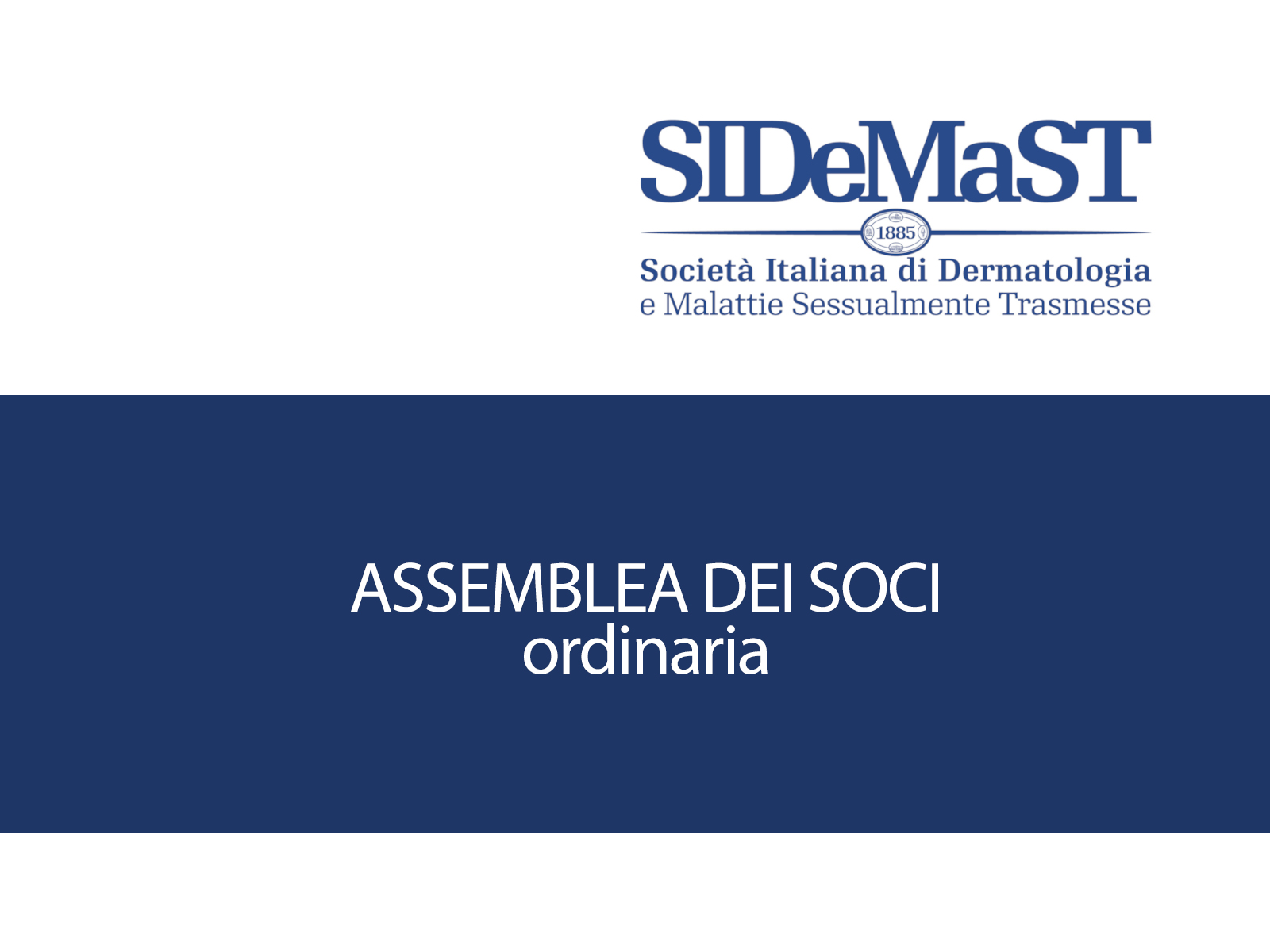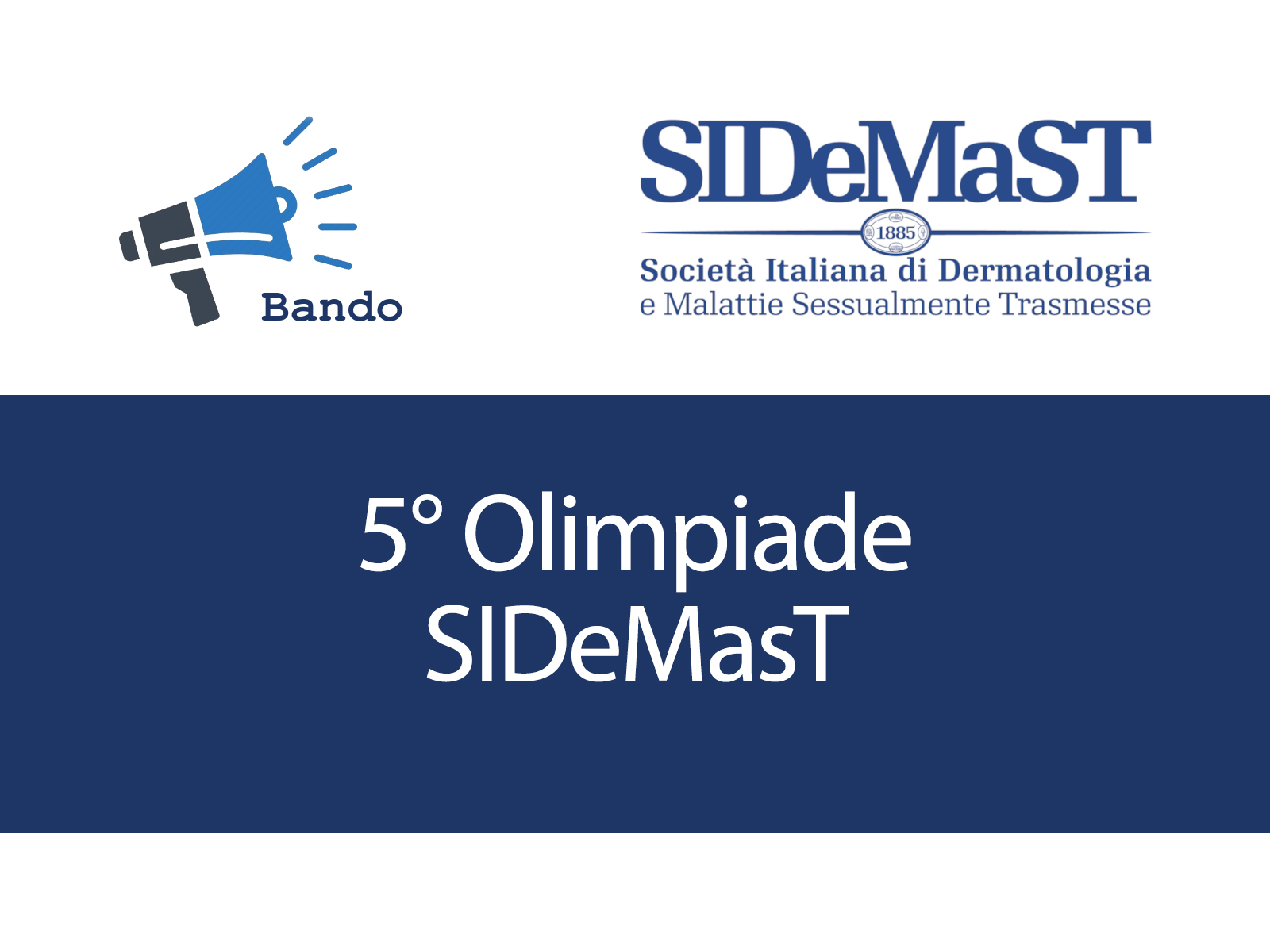Patients with moderate-to-severe psoriasis that did not adequately respond to ustekinumab achieve high levels of lesion clearance after switching to brodalumab rescue therapy, according to phase 3 findings presented at the 26th European Academy of Dermatology and Venereology (EADV) Congress.
In addition, quality of life is significantly improved in these patients.
Of 613 patients randomised to ustekinumab, 124 (20%) demonstrated an inadequate response by week 16 and received brodalumab at 210 mg as rescue therapy thereafter. Ninety percent of these patients completed the rescue phase, and the majority (62%) of these patients achieved static Physicians Global Assessment sPGA status of 0/1, indicating “almost complete clearance” of lesions with brodalumab.
“The efficacy and safety of brodalumab and ustekinumab were compared in the treatment of moderate-to-severe psoriasis in 2 phase 3 trials, the AMAGINE-2 and -3 studies,” explained Mark Lebwohl MD, FAAD, Mount Sinai Health System, Icahn School of Medicine at Mount Sinai, Mount Sinai Medical Center, New York, New York, speaking here on September 16. “This integrated analysis evaluated the clinical response in patients in both trials showing an inadequate response to ustekinumab who were rescued with brodalumab.”
The AMAGINE-2 and -3 trials were placebo- and ustekinumab-controlled studies with a duration of 52 weeks. Patients were randomised to brodalumab 210 mg or 140 mg every 2 weeks, ustekinumab at 45 mg for patients <=100 kg and 90 mg for patients >100 kg, or placebo.
This analysis was conducted on patients randomised to ustekinumab following a switch to brodalumab at 210 mg every 2 weeks as rescue therapy. The switch was made at week 16 in patients showing a single sPGA score ?3 or persistent sPGA score of 2 for at least 4 weeks. These patients were assessed at 12 weeks after brodalumab was initiated using sPGA scores, the Psoriasis Area and Severity Index (PASI) 75, 90 and 100 responses, and the Dermatology Quality of Life Index (DELI).
“Brodalumab was associated with rapid increases in the proportion of patients achieving a response,” said Dr. Lebwohl.
After 14 days of treatment, 31% of patients achieved sPGA 0/1 and 53% of patients had PASI 75.
The brodalumab response improved and was maintained through 52 weeks of treatment; 72% of patients on brodalumab rescue achieved PASI 75. More than half (57%) of these patients achieved near-complete skin clearance as indicated by PASI 90, and 35% achieved complete skin clearance or PASI 100 at week 52.
Dermatology Life Quality Index (DLQI) data were available for 115 patients who showed a poor response to ustekinumab at week 16; at the time of the switch to brodalumab, just 18 (16%) patients had a DLQI score of 0/1, indicating that psoriasis had no impact on quality of life. After 36 weeks of treatment with brodalumab, 63 (64%) patients achieved DLQI 0/1.
[Presentation title: Patients With Inadequate Response to Ustekinumab Achieve High Levels of Clearance After Switching to Brodalumab. Abstract #: P1800]







